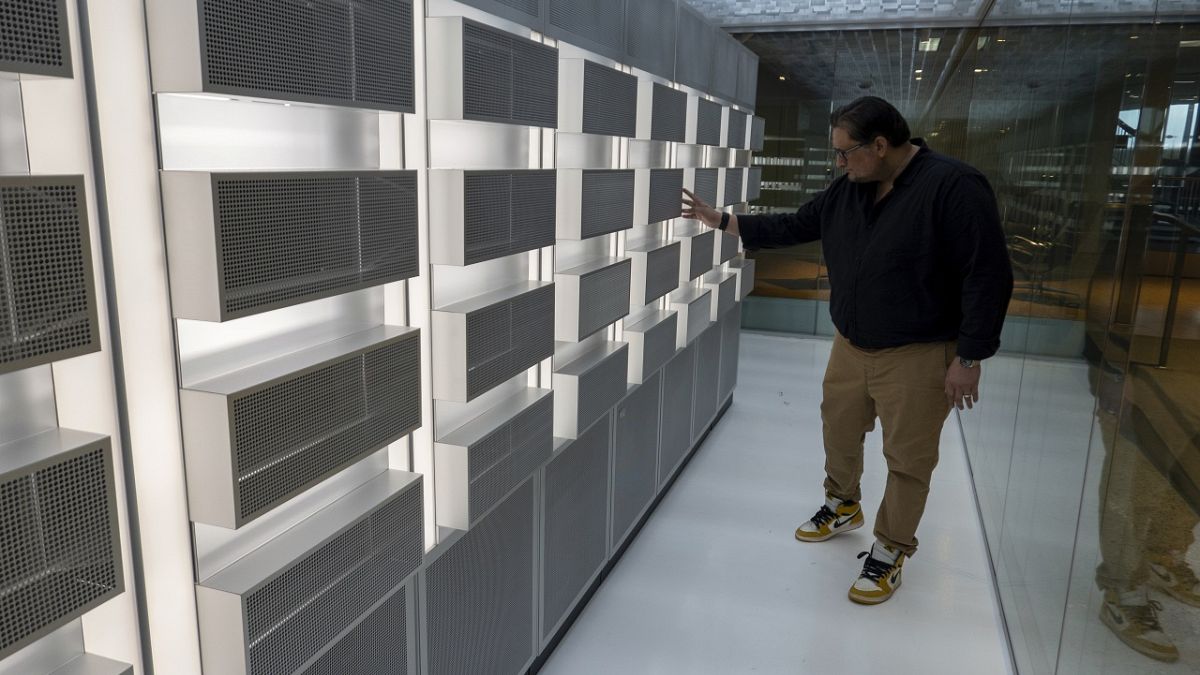

The dynamic realm of technology continues to unfold with promising developments, signifying growth and advancement in AI and space exploration on an international scale. Recent initiatives emphasize the strategic importance of fostering technological innovation in Europe, as well as the burgeoning space industry’s headway in various parts of the world, including a historic mission involving Poland. Furthermore, pioneering attempts to blend artificial intelligence with robotics are ardently being pursued in China, encapsulating the vigor and aspirations of the global tech community.
In Europe, significant attention is being directed towards the establishment of AI gigafactories, as confirmed by recent statements from the European Commission. With a comprehensive plan devised to marshal resources for these ambitious undertakings, an official announcement inviting proposals is anticipated later in the year. The move reflects Europe’s dedication to cementing its place as a leader in AI development, recognizing the potential of these facilities to cultivate innovation and economic growth. This initiative, full of promise, aims not only to enhance technological capabilities but also to bolster Europe’s competitive edge in the fast-evolving digital landscape.
Simultaneously, space exploration has captured global attention, with Poland marking a milestone moment on the international stage. The Axiom 4 mission recently saw the successful arrival of astronauts from India, Hungary, and Poland at the International Space Station (ISS). This landmark achievement is drawing parallels with the legendary “Apollo effect,” potentially inspiring a wave of aspiring astronauts in the involved nations. For Poland, this participation underscores a crucial step forward for its space industry, fostering an environment ripe for scientific advancements and exploration efforts. The mission’s success tremendously boosts the nation’s aspirations in space exploration and research, potentially forging new pathways for leadership in the field.
On another fascinating frontier, China is at the forefront of merging artificial intelligence with humanoid robotics, as evidenced by a recent event in Beijing. In a display teeming with innovation, humanoid robots participated in a fully autonomous football match, illustrating both the challenges and the potential of AI-robot fusion. These three-on-three games, organized to test the capabilities of AI-powered robots, offered spectators a preview of future possibilities in robotics. While the robots faced challenges in maintaining balance and coordinating movements, the initiative epitomizes China’s relentless pursuit of advancing AI technology.
Such transitions toward autonomous functionality signify both a technical triumph and a reminder of the multifaceted journey AI and robotics continue to undertake. Despite the hurdles, the dedication to refine these systems remains robust, highlighting the synergistic relationship between technology and human ambition.
As these innovations unfold, the interconnectedness of global efforts in AI and space exploration serves as an eloquent reminder of the collective drive towards progress. While each region contributes uniquely to this tapestry of technological advancement, together they reflect humanity’s endless quest for discovery and understanding. Through calm, steady advancements and collaborative international efforts, the future of technology promises to be as enlightening as it is transformative.
Source: {link}
